Lead-time is the biggest hurdle confronting the Asia Pacific A+D community. With their characteristic eye to increased productivity, agility and efficiency, Zenith Interiors have found the solution.
A+D in Asia Pacific is by no means easy. Australia, in particular, struggles with the one thing it cannot fix: geography. It’s not too immoderate to say that Australia is out-of-the-way: stuck between the Pacific and Indian Oceans, with coastlines separated by vast expanses of arid desert, far-flung from any of the major international design houses and suppliers.
Maybe distance truly does make the heart grow fonder. That’s the only way we can seem to rationalise the fact that even with squillions of kilometres of separation, the love for Danish, Japanese, or Californian design in Australia grows year upon year with ever-increasing momentum.
And yet, while it really is wonderful that there is a design movement in Australia that cherishes the influences and products from around the world, it can sometimes be a bit of a thorn in our side. Imagine working on a project in Australia that required getting an international product on the spec. Firstly, you’ll just need to lower your expectations about a reasonable lead-time. Now lower them again. No, lower. You’re probably sitting somewhere around a 20-week lead now, and with the need for customisation to either user-performance, spatial-need, or even just appropriate modification to the Australian climate, add an additional 12 weeks. It’s no wonder that clients settle with a mediocre substitute – a 32-week lead-time is not only insulting, it’s the number-one health risk for project managers.
But need it be a game of inevitable compromise? For the past 60 years, Zenith Interiors have been consistently proving that the pressures of geography and time need not lead to slap-dash specification. Taking lead-time by the horns and riding it off into the sunset, Zenith’s solution has been so successful that by the end of 2016 the company will be able to boast a staggering international presence of 12 premises across Asia Pacific, with an additional 4 coordinating manufacturing facilities. Sympathy for the quintessentially Australian problem of the never-ending wait, the rampant frustration, and the time-poor project brief, Zenith’s coordinated specification program incorporates both locally-designed product as well as the whole suite of global designs the brand supports and supplies.
In Shanghai and Auckland (2012), Sydney (2009), Hong Kong just recently, and in nearly every pocket of the Asia Pacific market, Zenith’s model is one of synchronizing and harmonizing all processes from product concept to delivery. How they’ve achieved this to combat lead-time reduction lies in streamlining all facilities across Asia Pacific from testing and manufacture right through to storage and dispatch.
For instance, the Sydney assembly and storage facility established in 2009 houses, to this day, an enormous SOH level of international design imports. Earlier this year, the Sydney facility was harnessed for a reinvigorated workflow design that is as streamlined and agile as any Zenith product. This 5,000sqm Kingsgrove facility comprises increased warehousing and logistics (a sure sign of Zenith’s growing strength) in addition to further manufacturing services for upholstery and frame-construction. A little further south along the coast, the Zenith Melbourne factory boasts a powder-coating facility and a CNC worktop plant which permits even more of an assured grip on the direction of their delivery and Design Studio programs.
INDESIGN is on instagram
Follow @indesignlive
A searchable and comprehensive guide for specifying leading products and their suppliers
Keep up to date with the latest and greatest from our industry BFF's!
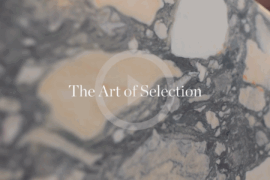
CDK Stone’s Natasha Stengos takes us through its Alexandria Selection Centre, where stone choice becomes a sensory experience – from curated spaces, crafted details and a colour-organised selection floor.
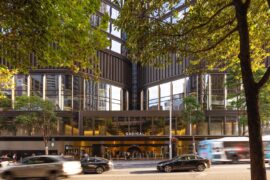
Rising above the new Sydney Metro Gadigal Station on Pitt Street, Investa’s Parkline Place is redefining the office property aesthetic.
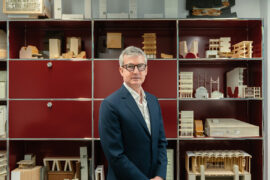
Leading by design, Erik L’Heureux has recently taken the helm of Monash University’s Department of Architecture, and so a new and exciting journey begins for both L’Heureux and the University.

On the eve of Cerith Wyn Evans’ first museum exhibition in the Asia-Pacific region, we interviewed the internationally acclaimed contemporary artist in a wide-ranging discussion spanning Japanese gardens, the aesthetics of Buddhism and the Australian light.

The fourth edition of the First Nations Writers Festival took place in May 2025, and we spoke to Baka Barakove Bina about the importance of place and home in his writing, as well as the things that make the Pacific region so distinctive.
The internet never sleeps! Here's the stuff you might have missed
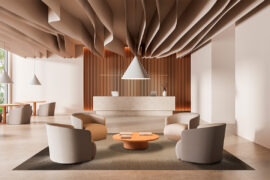
A stunning indoor space reveals artistry in every aspect, from outlook to underfoot.
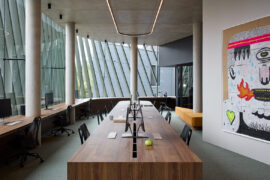
Smart Design Studio and Those Architects combine landmark and workplace in Bundarra, a Surry Hills gateway blending old and new.